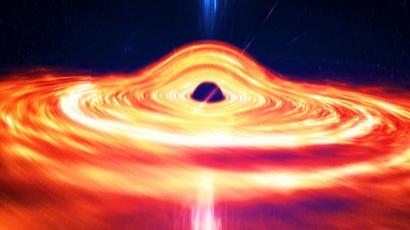Watch Clip

What's Inside a Black Hole?
3m 36s
Here are three mind-blowing ideas for what may be inside a black hole.





























